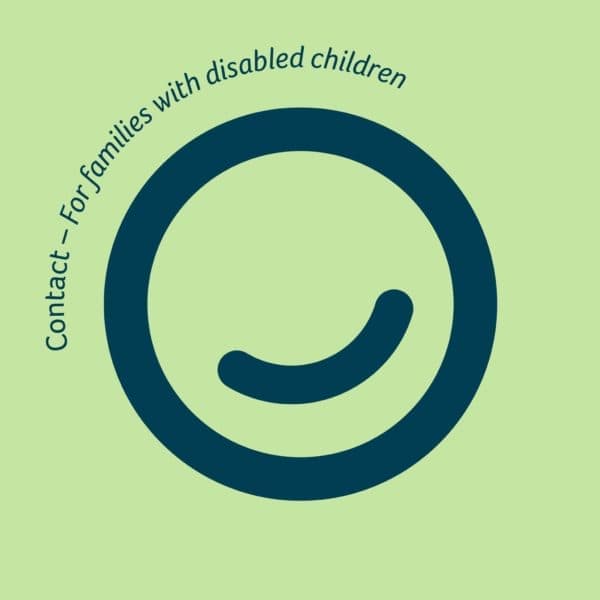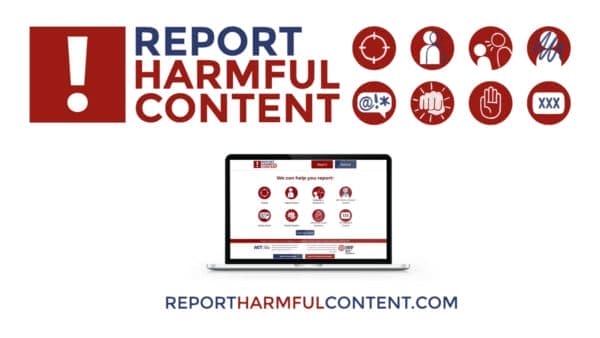As CYP spend longer online and become more active and independent, they will inevitably see something that may upset or confuse them. This can include sexual, violent or harmful content. We know that CYP with SEND are also more likely to see content that promotes self-harm and suicide.
27% of CYP experiencing vulnerabilities view sites promoting self- harm compared to 17% of non-vulnerable peers, and 25% often view pro-anorexia sites in contrast to 17% of peers. [Source]
NSPCC say 56% of 11-16-year-olds have seen explicit material online and a third of children in the UK aged between 12-15 have seen sexist, racist, or discriminatory content online.
The combination of curiosity and algorithmic repetition can also lead CYP to see content in more and more places that may not be appropriate.
It’s important to note that while controls and filters can be applied to limit access to inappropriate websites they can’t block out everything. A click on an ad promising free things or a scroll on social media can expose CYP to adult content or hate speech.
![]()










